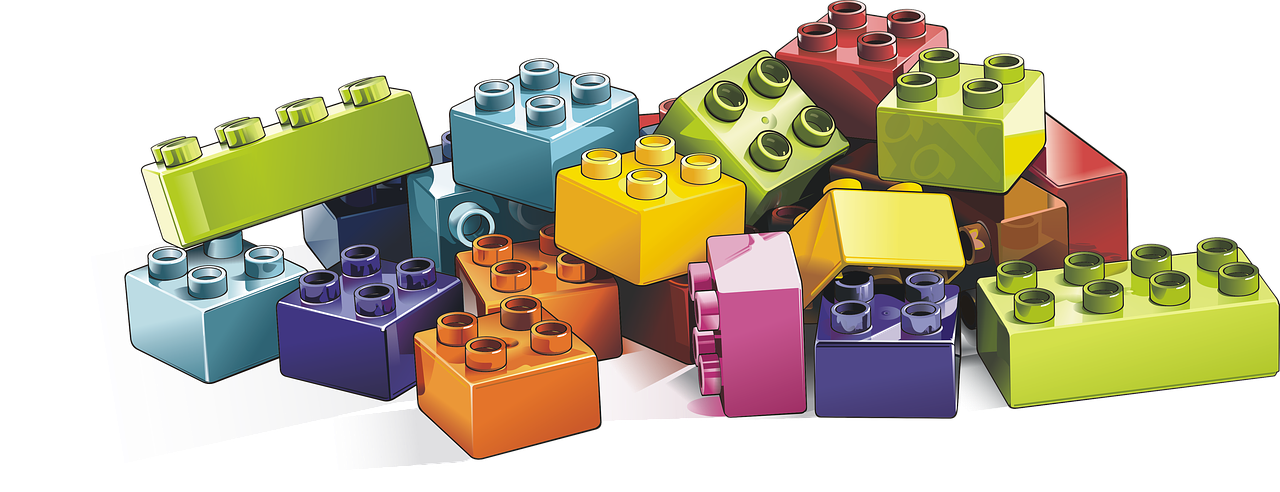Morphing is a special effect in motion pictures and animations that changes one image or shape into another through a seamless transition. We consider this to be a great metaphor to explain how companies should think at the type of journey and degree of change they need to embrace to cope with today’s market reality, letting them to achieve business agility at scale.
Business agility is the ability of a business to realize and sustain its full potential, both in terms of its profits and its people, regardless of internal or external environment changes. It definitely enables organizations to innovate and deliver more effectively, thus turning market disruption into competitive advantage, while thriving in complex environments.
The second edition of Business Agility Report confirms that achieving that state can bring huge benefits which can be summarized as follows:
- Increased revenue, market share and brand recognition
- Faster turnaround times and higher quality offerings
- Improved relationships with customers
- Greater transparency and higher employee engagement
The report continues saying that even if most organizations rate their current business agility maturity relatively low, they have enthusiasm and hope for the future.
It seems that, while companies are still struggling with systemic leadership issues relating to trust, investment and culture, they are maintaining ongoing momentum in their business agility journey.
An insight that emerged from that study, regards organizations who report higher ratings in three specific characteristics that also report higher overall business agility and associated benefits.
These indicators are:
Funding Models. The ability to manage investments and budgets in a Lean-Agile way, meaning that budget are discussed frequently (at least quarterly) and collaboratively for the good of the company: confirmed, increased, lowered or re-assigned based to business results achieved, market conditions, competitive analysis.
Value Streams. It’s not enough for companies to be customer focused, they need to achieve customer centricity by mapping the whole stream of value in terms of people, resources and necessary working steps and the re-engineering it by 1) eliminating wastes (delays, not-valuable hand-offs, etc.), 2) getting rid of silos by arranging cross-functional teams, 3) adopting iterative-incremental delivery approach, 4) embedding customer point of view in developing processes.
Relentless Improvement. The capacity of organizations to stop and reflect at regular intervals about value delivered, goals achieved and missed opportunities, and introducing accordingly improvement actions, changing behaviors, adopting new approaches and ways of working.

What core ability companies need to develop, to achieve the right amount of speed, flexibility and openness to improve and thrive in this context?
Unlocking Agility through Resiliency
Resilience is the ability of an individual, community, or system to actively intervene in stressful situations, mitigating its impact through responding with appropriate actions and developing new capabilities and behaviors, in order to absorb the shock by restoring its initial equilibrium condition or finding a new one.
A resilient system is made of simple, self-consistent, internal modular blocks, which are able to rapidly re-configure to achieve any new needs.

Each module, or part of the system, has some key traits in common with the others, but remains specialized in terms of behaviors and outcomes. It communicates through standard protocols, which diversifies in order to connect to the outside world in an easy and agile way.
To make that simple, think to LEGO.
Each piece has its own nature: it can be of single or double size, different length, color, shape, but all pieces have “articulations” with clear mechanisms (interfaces), which allows infinite combinations that can give life to new and different objects.
Once the aim of the game has been achieved, and in the presence of a new stimulus or idea, the pieces can be dismantled, reused and reassembled quickly to create a new construction.

Organizations should re-think to their organization models and underlying structures, roles, policies and rules to build business units totally oriented to the market, re-designing the way customers interact with them (customer journeys), unleashing creativity and distributing power on the periphery of its network (customer facing teams).
The building blocks (lego bricks) of those product-oriented business units are the teams, made of diverse and cross-functional people, able to interact with the outside world and quickly re-configuring their internal behaviors, ways of working and skills in case of necessity.
Take a look to this post to understand how stable and long-lived teams can achieve that objective.



